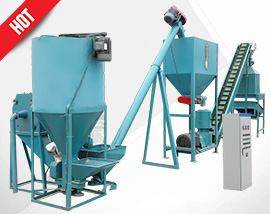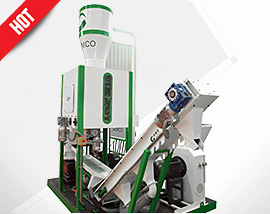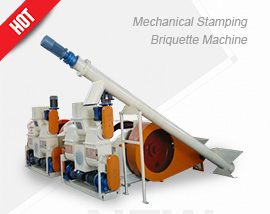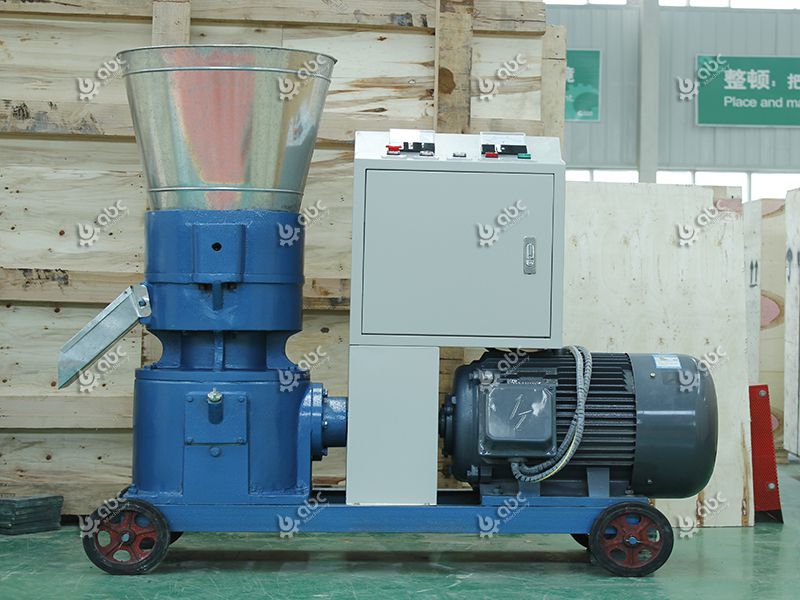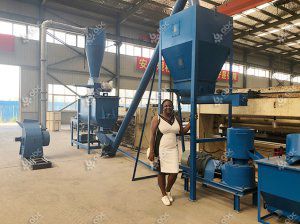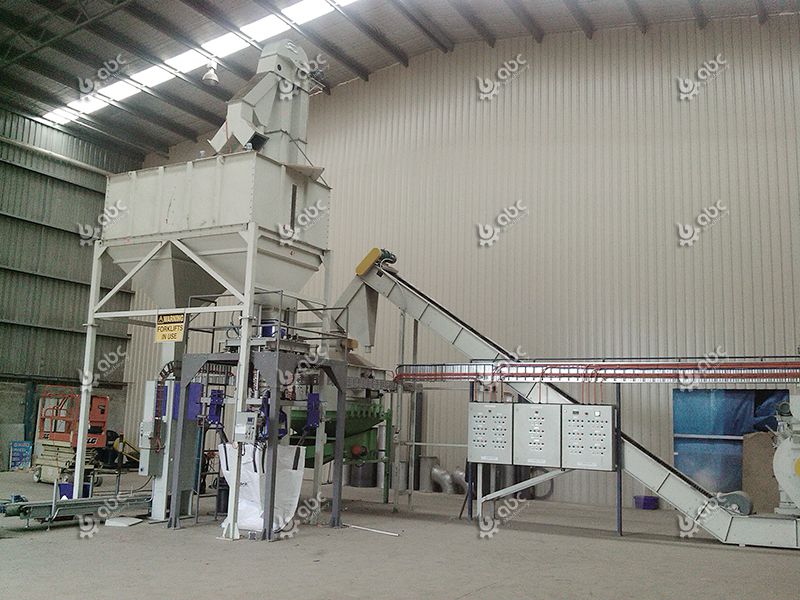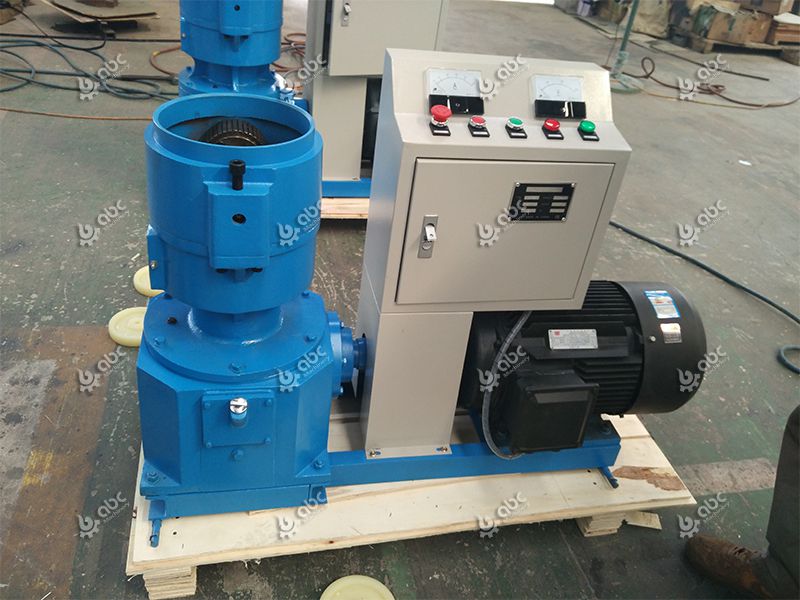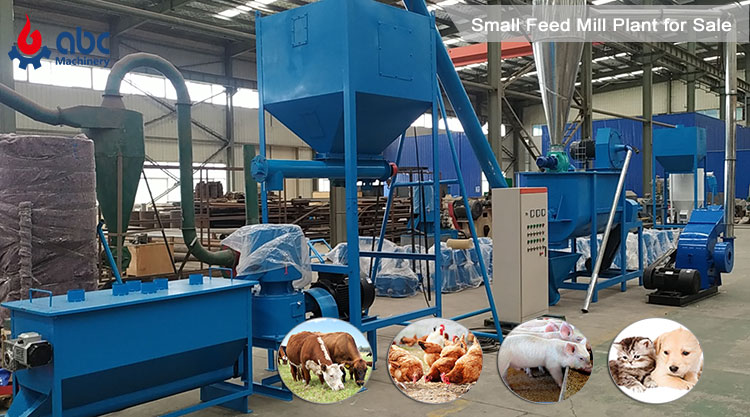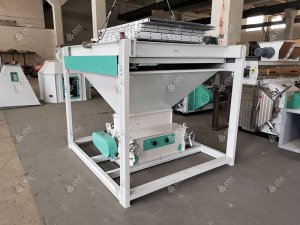Global Market Analysis for Biomass Pellets Business
With the development of the biomass pellet fuel industry, the trade of biomass pellet fuel between regions and countries is gradually increasing. A growing number of manufacturers are realizing what a profitable opportunity it is to start their own biomass pellet production plant.
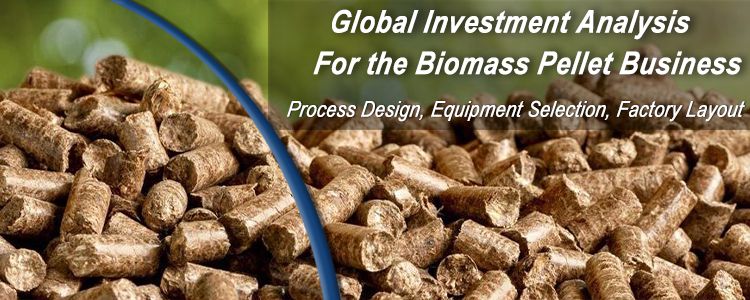
Global Investment Analysis for Biomass Pellet Industry
Supplying Specialized Biomass Pellet production line with factory price for manufacturers of mechanical equipment in Czech Republic, Guatemala, South Korea, Japan, Thailand, Indonesia, etc., at low cost. If you would like more information about the global biomass market and business guidance on how to set up your own commercial biomass pellet plant, please do not hesitate to contact us!
Set Up A Commercial Global Market Analysis of the Biomass Pellet Plant Business
After decades of development, the production technology of biomass pellet fuel has gradually matured and the quality of the product has been greatly improved. As its production raw materials mainly come from local forestry waste, transport costs are low and prices are cheap, so the good quality and low price of biomass pellet fuel has become an alternative energy source to coal and natural gas, and is favoured by European and American countries.
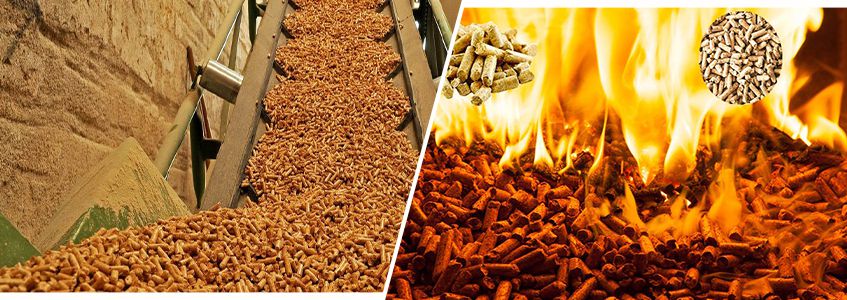
A Cost-Effective Investment——Buy Biomass Pellet Fuel Machinery
The world biomass pellet fuel industry is unevenly developed globally, with the main production areas concentrated in the EU and North American countries.
At present, North America and the EU are still the main production areas for biomass pellet fuel plant, but as their markets have matured and are limited by the availability of raw materials for production, there will not be much scope for rising production in North America and the EU in future developments. It is worth noting that Asia and South America will see a greater increase in biomass pellet fuel production. Asia, in particular, has become the third largest producing region, close to the EU and North America. Some of these countries have already set up biomass pellet or rod production plants in cooperation with ABC Machinery and are reaping the benefits.
| 3TPH Biomass Pellet Plant | In Italy |
|---|---|
| 2TPH Complete Fuel Pellet Making Production Line | In Sir Lanka |
| 3TPH Sawdust Pellet Machine Line | In Malaysia |
Costs and Prices of Investing in Setting Up A Biomass Pellet Production Plant
Wood pellets are indeed relatively cheap and environmentally friendly. As a result, some investors have started their own pellet business. However, most of them are faced with the problem of expenses. And the main question is how much to invest in building a biomass pellet plant?
The impact of plant equipment on costs
- Firstly, the investor should calculate the cost of raw materials. A pellet production line consists of several units, each of a different type. The key is that each type of pellet making equipment is used to process a different raw material. More importantly, different raw materials require different processing conditions. For example, softwoods or hardwoods require different compression ratios. Therefore, the selection of the right equipment should take this into account.
- Another important factor to consider is the size of the raw material. Material that is too large cannot be processed through a pellet mill. Therefore, if the wood is too large, a hammer mill is also required. In this case, the cost of that pellet line unit also has to be factored into the calculation.
The yield of the pellets should be considered. If the expected yield of the pellets is higher, more expensive equipment will need to be installed. What is more, equipment with a higher capacity requires a large amount of plant, which obviously raises the cost of building the plant.
The benefits of setting up a biomass pellet production plant.
Why are increasing numbers of people investing in biomass pellet production businesses? As oil resources shrink and the world economy grows, global energy consumption increases dramatically.Therefore, the active development and use of renewable and clean energy and the reduction of fossil energy consumption have become the consensus of all countries in the world to alleviate the energy crisis.
Biomass pellets are mechanically compressed or extruded biomass into a solid forming fuel with high bulk density, high thermal efficiency and easy transportation and storage. Its advantages are:
- its bulk density can be increased to more than 10 times the original (greater than 600 kg/m3),
- uniform shape and size, easy to use,
- easy to burn, and is an excellent alternative fuel to coal and fuelwood.
The main raw material for the production of biomass pellet fuel in the EU and North American countries is sawdust. Sawdust is a waste material from forestry production and is an excellent raw material for biomass pellet fuel production due to its low price, low ash content, low scaling after combustion and low corrosion of the combustion furnace, etc.
Video of Biomass Pellet Production Line
It has long been used in large quantities in biomass pellet fuel production. With the rapid growth in demand for biomass pellet fuel, the search for low-priced and reliable alternative raw materials has become a new direction for the development of the world's biomass pellet fuel industry. Agricultural straw is a waste material brought by agricultural production and is unique in its quantity and distribution, making it a valuable biomass resource that can be an alternative raw material for biomass pellet fuel. Although it cannot be compared with the output of sawdust pellet fuel, with the increasing maturity of straw forming technology, the application of agricultural straw in the biomass pellet fuel industry will become more and more widespread.



